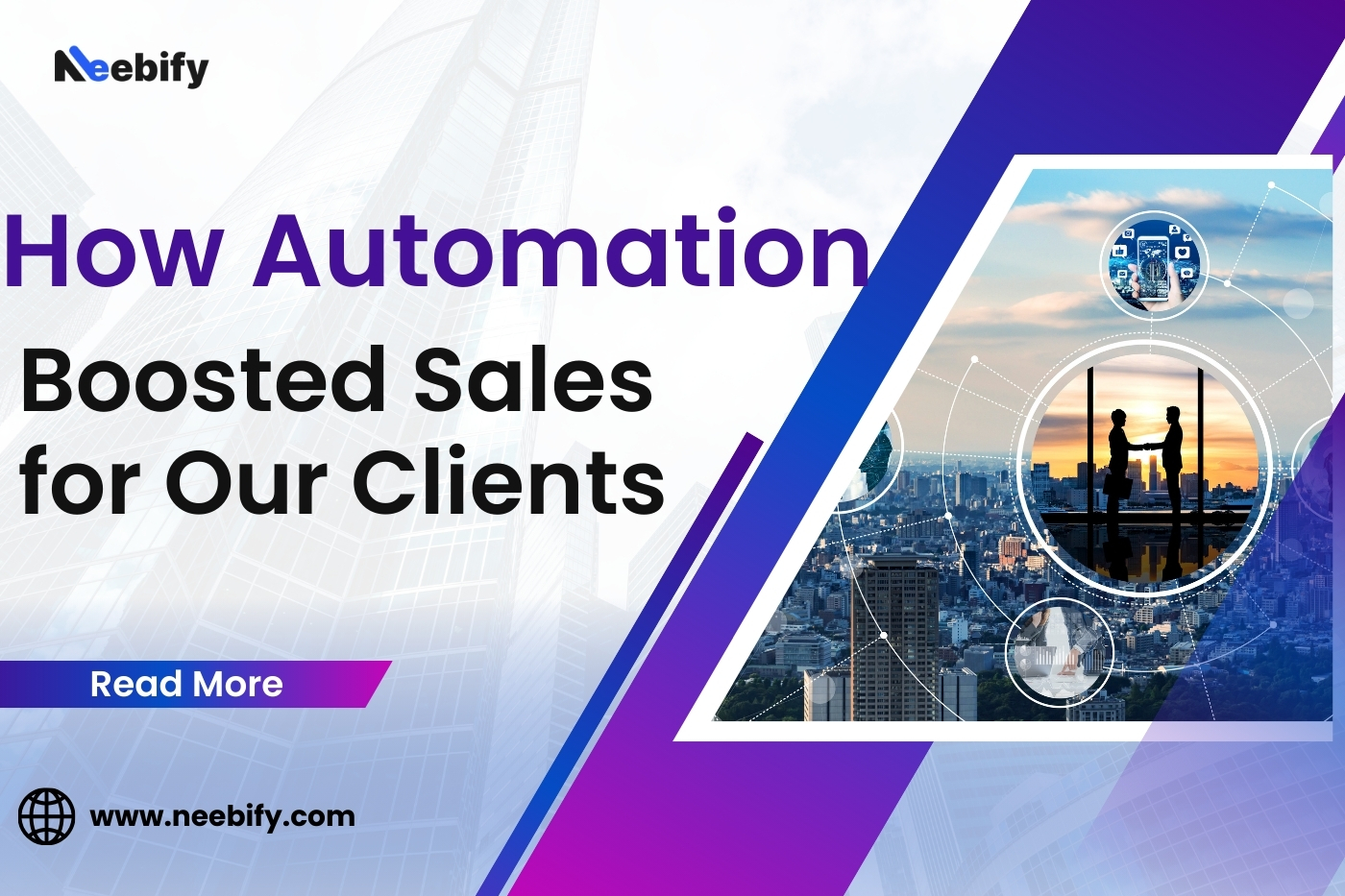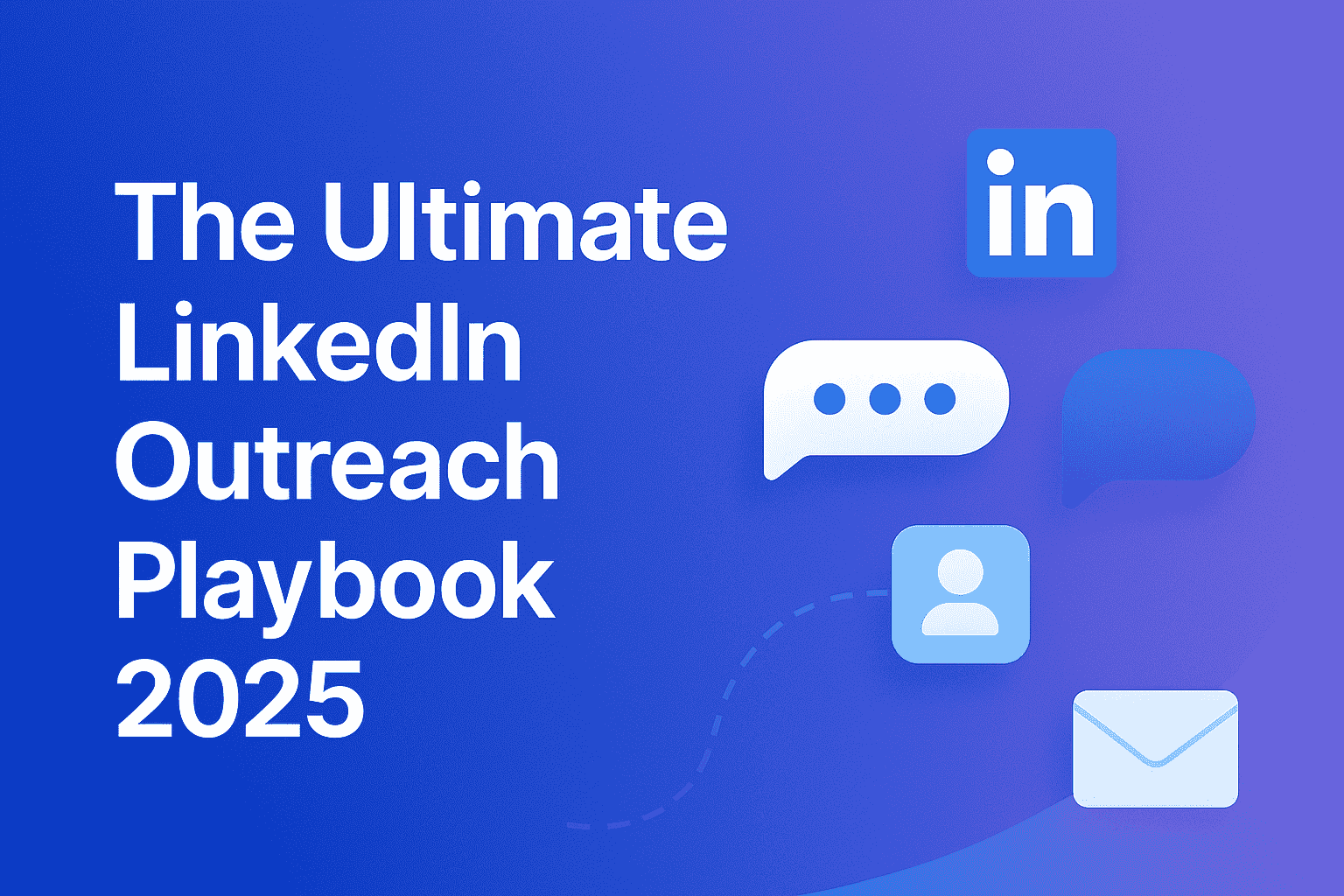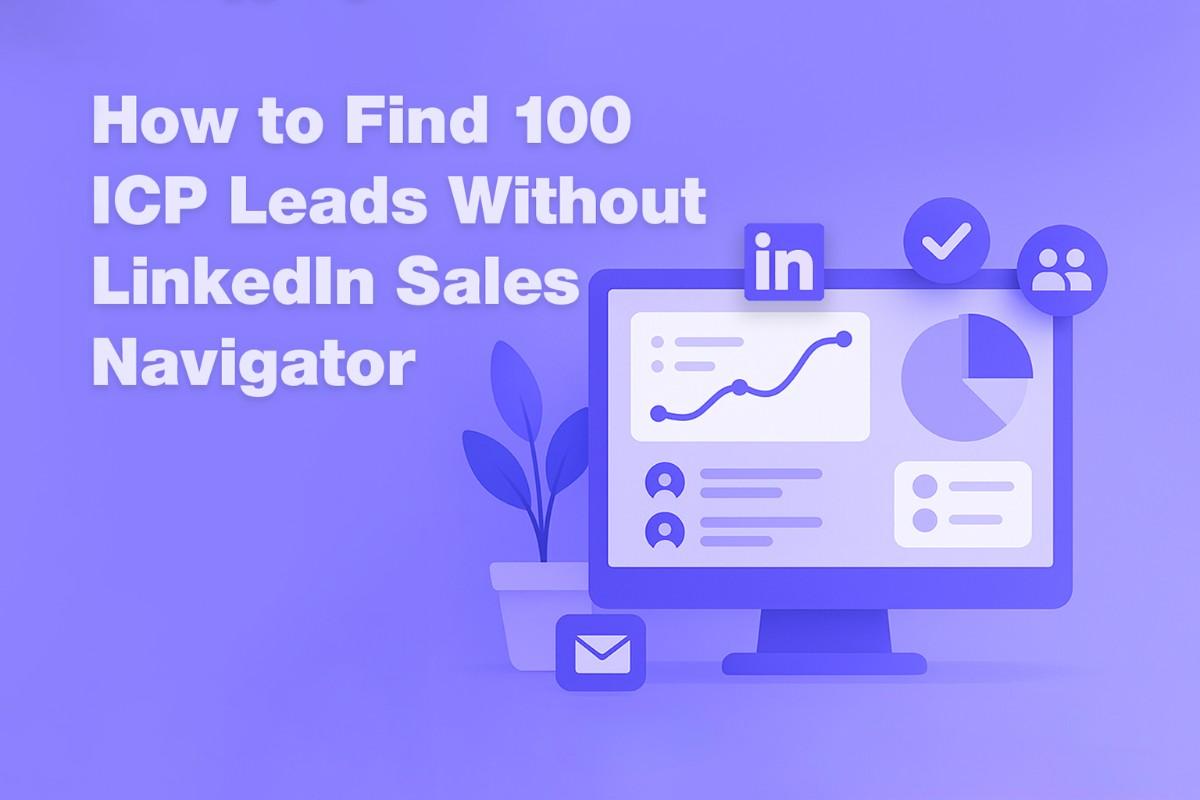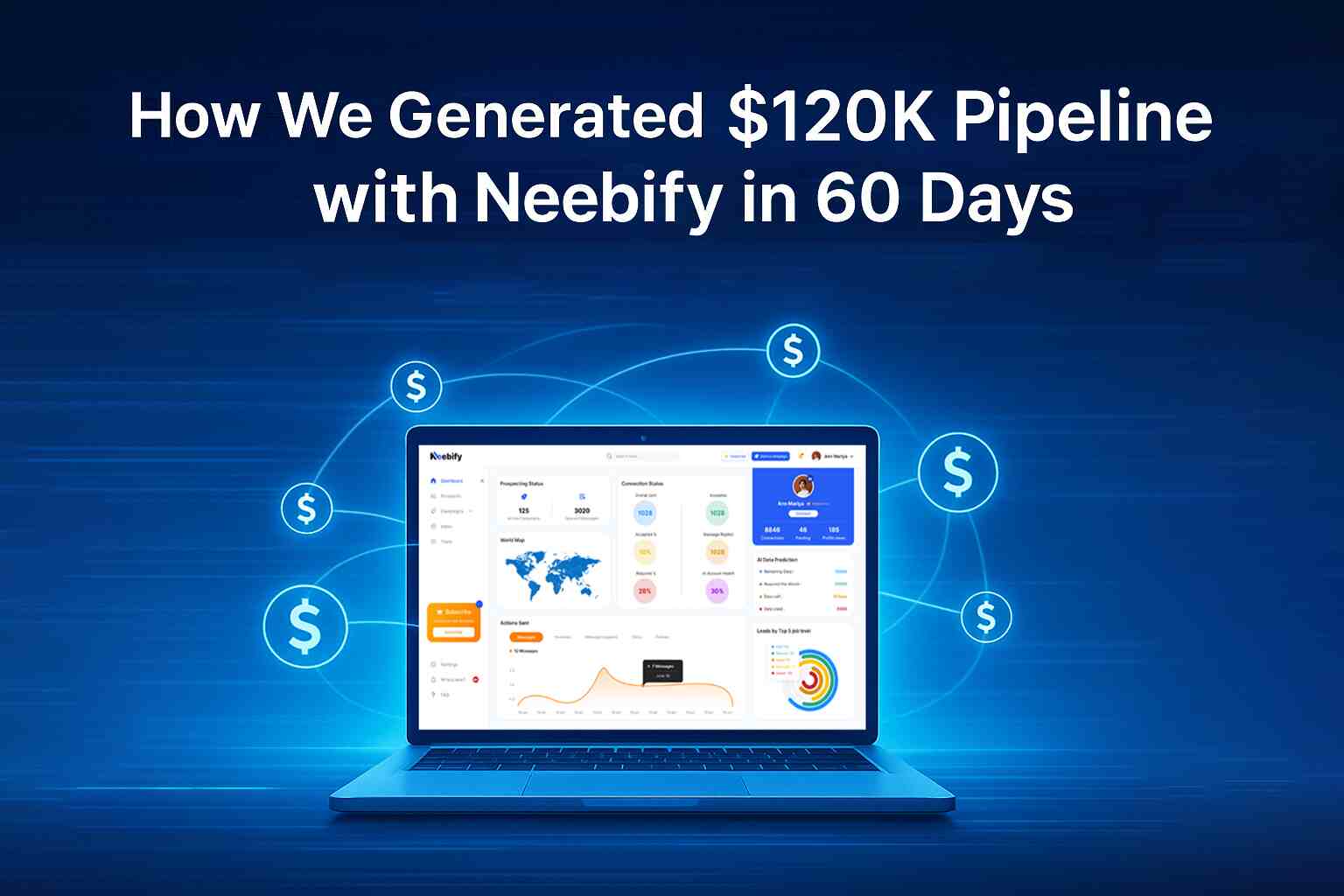Table of content
How Automation Boosted Sales for Our Clients?
Automation has increased the speed at which businesses operate and has helped them make the process less complicated, cheap, and most importantly, increase their sales. Our company has been privileged to serve the most diverse client in their quest to realize big sales through automation. This article provides real success stories from our clients who have successfully implemented automation strategies, with one detailed example of how one of our clients had a remarkable sales boost.
Introduction to Automation in Sales
Businesses, in the current era of rapid and overwhelming digitization, are continuously struggling to find ways to keep themselves distinguished from competitors, as well as to maintain sales at levels which match the aspirations of consumers. Sales automation tools have become an anchor of modern sales strategies because they allow companies to streamline monotonous operations, break down customer data more proficiently, and communicate with prospects and customers on a personal level more effectively.
Why Automation Matters in Sales?
Here are some Points that Automation matters for Sales:
Efficiency and Time Savings: Automation decreases the time taken for repetitive tasks, hence freeing up more time for sales teams to focus on closing deals and creating relations.
Data-driven decision-making: A lot of insight that automation tools receive comes from data analytics, which enables business houses to take correct decisions and optimize their strategy in the best way.
Personalization at Scale: Automated tools let businesses create and deliver personalized content and communications at scale, thus enhancing customer experience and satisfaction.
Real-Life Scenario 1: How a Software Company Achieved 50% Increase in Sales
Overview of the Client:
Our first story is about a mid-size software company that was facing a particular predicament. While they had a great product, their sales team lacked the right techniques to convert the generated leads into clients. The company was experiencing an inefficient lead management system that considerably reduced its opportunities and hugely wasted its resources.
Challenge:
The company's sales processes were very time-wasting and relied heavily on manual input. The sales team had to spend a lot of time tracking leads and updates on customer data, sending follow-up emails. This eventually left little time for actually engaging high-value prospects and nurturing potential clients effectively.
Solution:
To address these challenges, we availed an end-to-end sales automation solution made of:
1. Automated Lead Scoring: We introduced automated lead scoring, prioritizing leads based on a predefined set of rules on the level of engagement, website activities, and demographic data.
2. Automation of Email: We established automated email sequences that allowed for lead nurturing by sending personalized content at the right time with the right message.
3. CRM Integration: We integrated the company's CRM system with automation tools to make sure tracking and real-time updates of all customer interactions were allowed.
4. Analytics Dashboard: We developed a real-time analytics dashboard showing lead behavior, campaign performance, and sales team activity.
Results:
The company enjoyed a 50% increase in sales within six months from the start of implementing the automation strategy. Since lead scoring and nurturing had been done through automation, the sales team had far superior quality leads to pursue with consistent follow-up via email automation. This made the integration with CRM much smoother because the data accuracy improved and internal communication was much smoother across departments.
Manual workload was reduced by an amount that significantly increased sales and improved lead management within the company. Therefore, it resulted in huge sales growth and improvement in overall team efficiency.
Real-Life Scenario 2: How an E-commerce Retailer Increased Revenue by 200%
Overview:
Our second story involves an e-commerce retailer that specializes in niche products. While the company had a good online presence, it struggled to turn website traffic into sales. This time, management realized that, in order to achieve this, they needed to have a more focused approach which would not only captivate visitors but also turn them into paying customers.
Challenge:
The email marketing of this retailer was very generic and couldn't connect with this diverse customer base. They also did not have any systematic way of re-targeting site visitors who abandon their shopping cart.
Solution:
To solve these, we have used a multi-layered automation approach:
1. Personalized Email Campaigns: We then used a multi-dynamic e-marketing automation tool, segregating customers based on their browsing behavior, purchase history, and demographics. It sends personalized emails to the different segments, regarding the most relevant products and offerings.
2. Abandoned Cart Recovery: Abandoned cart recovery automation was done via e-mail, which would send to customers who had items in their cart but did not checkout and allow for recommended products at a discounted rate, limited time, or reminders to incentivize conversion.
3. Dynamic Retargeting Ads: Automation triggered retargeting campaigns on social and search engines to show ads to website visitors who did not complete their purchase, while changing dynamically with the visitor's browsing behavior on the site.
4. AI-Powered Chatbots: We deployed AI-powered chatbots on the website to engage the site visitors in real time, answer queries, and facilitate product selection-all in the personalization of their shopping experience.
Results:
Due to the automation strategy, revenue for this e-commerce retailer increased by 200% in just four months from the implementation date. Personalized email campaigns were opened and clicked through more often, while the abandoned cart recovery emails saw a 30 percent recovery rate of lost sales. Dynamic retargeting ads contributed to lifting website traffic by 40%, and AI chatbots enhanced user experience and thus pushed conversion rates upward.
Detailed Example: How Our Automation Strategy Helped a B2B Service Provider to Triple Sales
Overview of the Client:
A B2B service provider in logistics management was suffering from decreased sales because of growing competition in the field, coupled with an inefficient sales funnel. In response, the company became aware of its dire need to refashion its sales strategy and take advantage of automation as a competitive differentiator.
Challenge:
From lead generation, follow-ups to data entry, the sales force was doing too much manually. There was a high churn of leads which were not being rightly engaged. They didn't have an integrated system to track and measure ROI on their sales initiatives.
Solution:
We drew up a comprehensive automation plan with custom settings per their needs:
1. Automated Lead Generation: We implemented automated tools to capture leads from different sources like the company website, social media channels, and webinars. The tools included AI-driven chatbots that engaged with website visitors and converted them into leads.
2. Automate Sales Funnels: The entire sales funnel was automated to take leads through various stages of awareness to decision-making. Automated drip campaigns with personalized content based on the stage of the lead were sent.
3. Predictive Analytics: Used predictive analytics to predict sales trends, select future clients who would most likely convert, and optimize marketing spend in return.
4. Performance Monitoring and Reporting: On one dashboard, real-time updates were provided on the performance of each sales campaign, the status of leads, and productivity of the teams. With this, managers could make evidence-based decisions and rapid changes in strategies.
Results:
This B2B service provider tripled its sales in a record eight months. Automating lead generation brought a steady flow of high-quality leads, while the automation of the sales funnels kept communication consistent and personalized. Predictive analytics allowed the company to focus on high-value prospects, reducing the average sales cycle by 40%. Management could monitor performance from a single dashboard and make the necessary tweaks to further optimize the overall sales strategy.
Key Takeaways from These Real-Life Examples:
1. Automation Brings Efficiency: All of our customers enjoyed efficiency through automation for routine activities and allowed their sales teams to concentrate on high-value activities.
2. Personalisation Drives Engagement: The engagement rate improved overwhelmingly owing to personalization of communication. This is possible via automation.
3. Data-driven strategies deliver results: The automation tools provided granular insight into customer behavior and the performance of the campaigns, which in turn helped our clients to make informed decisions and create the best fit in sales strategy.
4. Scalability and Growth: Automation allowed our clients to scale up their sales operations without a proportionate increase in costs, thus enabling sustainable growth.
Conclusion
These case stories outline how automation can boost sales almost overnight, literally changing the way in which the company functions in sales. Automation will take away the tedious tasks and streamline lead operations, allowing businesses to better meet their sales objectives.
If your business is facing similar challenges, it's high time for you to equip yourself with automated tools targeted exactly to meet your needs. The right automation strategy can prove to be a game-changer in driving revenue growth, improving customer satisfaction, and ensuring long-term viability of business ventures.
Ready to Supercharge Your Sales with Automation?
Contact us today to learn how our tailored automation solutions can help your business achieve similar results and unlock maximum sales potential.
Get your next meeting in a
matter of minutes.
Free Trial
Latest
The Ultimate LinkedIn Outreach Playbook 2025
A practical, modern guide to mastering LinkedIn outreach in 2025 — learn how to boost reply rates, p
12/1/2025How to Find 100 ICP Leads Without LinkedIn Sales Navigator
Generating 100 targeted ICP leads doesn’t require LinkedIn Sales Navigator. Learn how to leverage fr
11/28/2025


